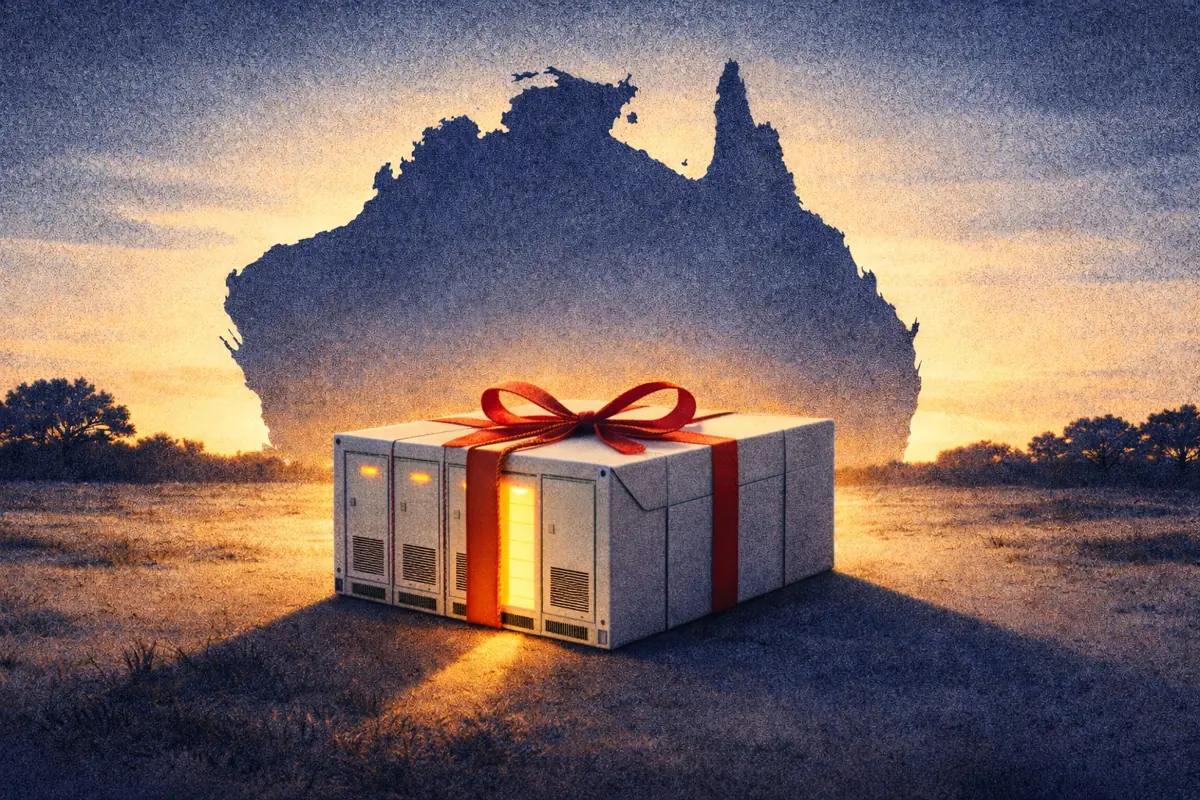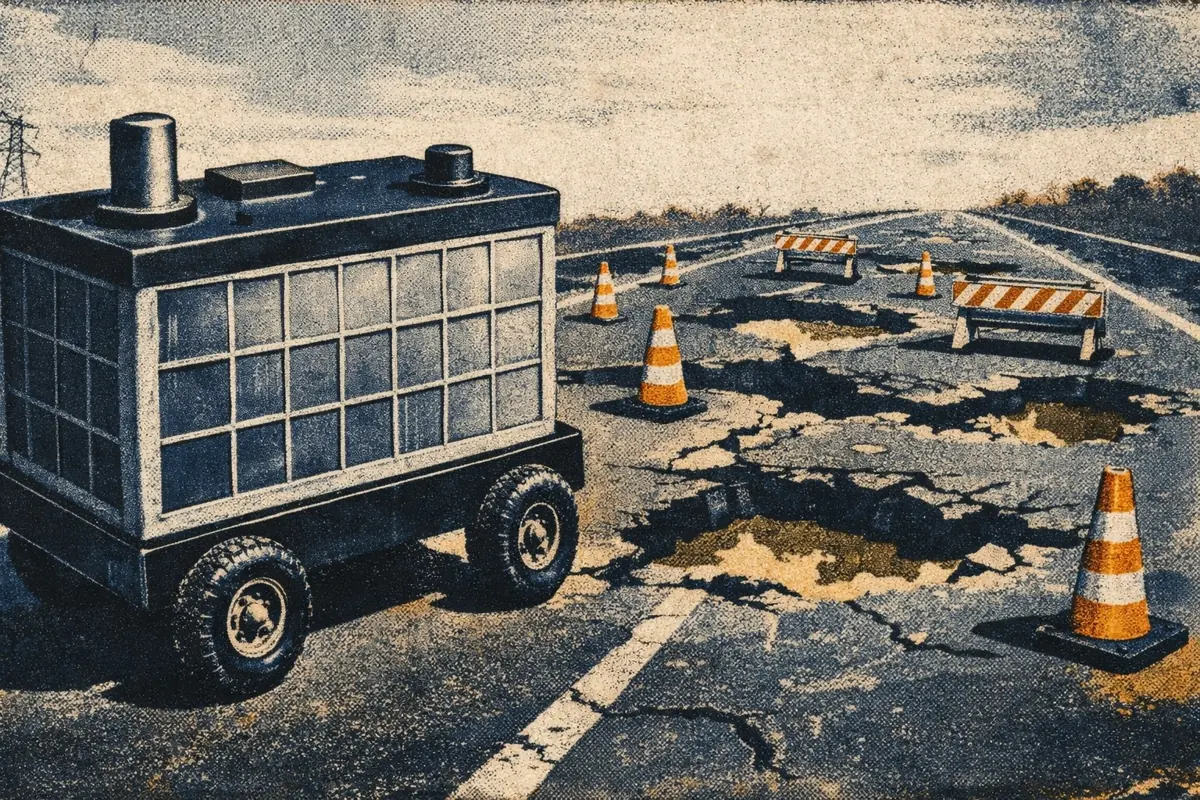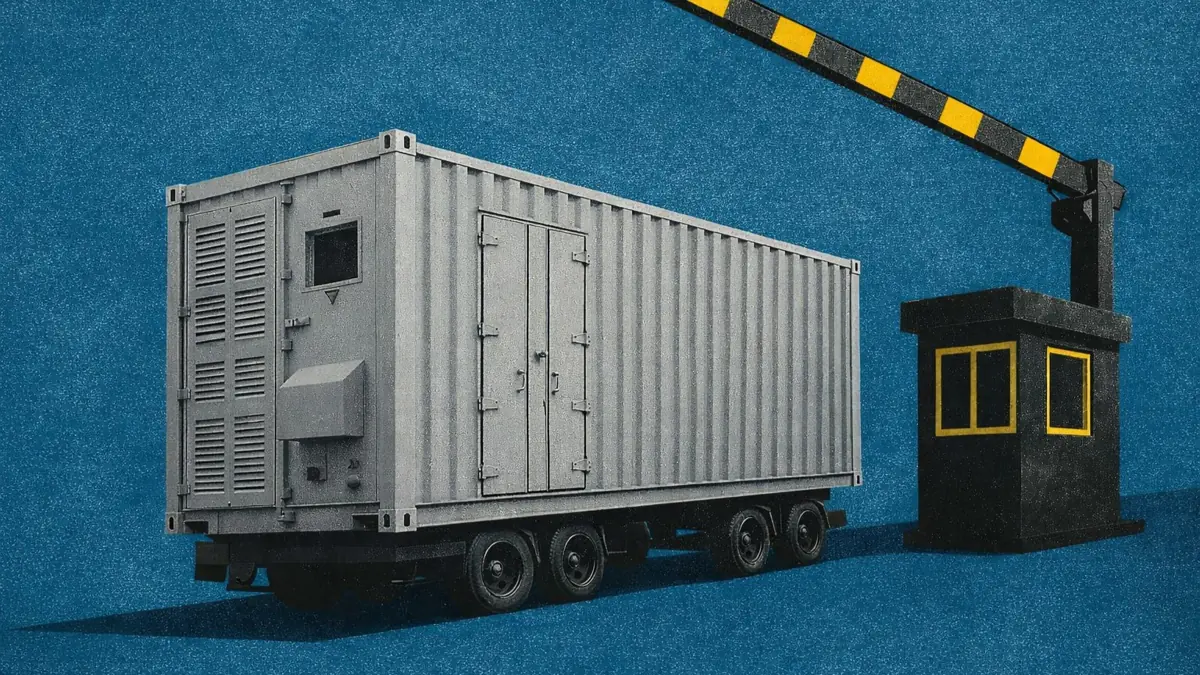Batteries vs interconnectors: Who really balances the German grid?
Batteries vs interconnectors: Who really balances the German grid?
Interconnectors balance supply and demand by moving power across borders.
But Germany’s grid is physically constrained, especially in the wind-heavy north. Interconnectors can ease oversupply, but they don’t solve local congestion. In some cases, they make it worse.
That’s why batteries are essential.
Subscribers to Modo Energy’s German research will discover:
- When interconnectors relieve pressure - and when they amplify oversupply
- How interconnector flows align with price crashes and renewable curtailment across German TSOs
- How batteries deliver 4x more value by resolving local grid constraints
- The data behind the interactive charts
1. Germany is the centre of the European power machine
“Some people call the electricity grid in Europe the biggest machine ever built by humankind,” - Lars Stephan, Fluence.
Germany sits at the heart of that machine - a central hub with 29 GW of interconnection with its 11 neighbouring countries.
These links allow countries to share the strengths of their power systems. France supplies nuclear baseload. Norway provides dispatchable hydro. Belgium and the Netherlands offer liquidity. Poland and the Czech Republic absorb excess during congested hours.
Interconnection can act as flexibility - absorbing excess during solar peaks, and supplementing shortages during scarcity.
Interconnectors are designed to keep the system balanced. Most of the time, they do.
Download
Already a subscriber?
Log in







